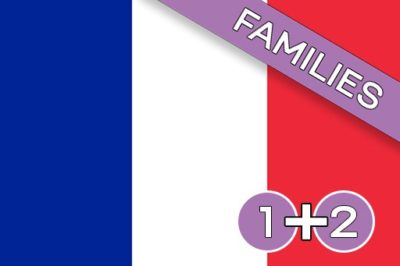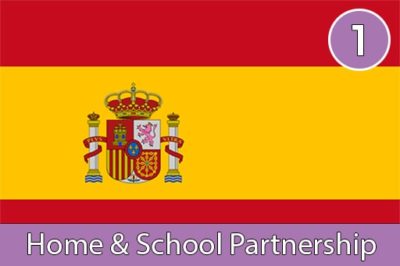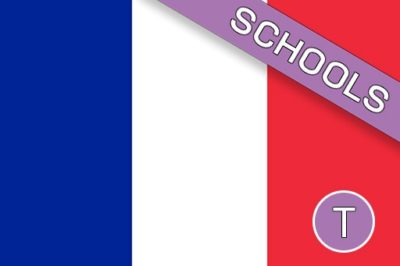Spanish 2 for Schools – Lesson 11
We are… Revising and Consolidating
In this animation, you are going to hear a short conversation between Ana and Luis.
Listen carefully and then answer each question on the sheet provided.
Ready?
Watch the animation below and answer the questions.
Questions:
- ¿Cómo se llama?
- ¿Cuántos años tiene?
- ¿Qué fruta le gusta?
- ¿Cuándo es su cumpleaños?
- ¿Cómo se llama su hermano?
- ¿Cuántos años tiene?
- ¿Cuándo es su cumpleaños?
- ¿Le gusta el queso?
- ¿Cuántos años tiene su hermana?
- ¿Qué le gusta?
The following questions and answers are all mixed up. Can you reorganise them into a dialogue?
Mixed-up sentences, translation and answers
Mi cumple es el 24 de marzo.
Buenos días, ¿cómo te llamas?
Se llama María.
Sí, ¡me gustan mucho los kiwis!
¿Cuántos años tiene?
Tengo 25 años.
Su cumpleaños es el 12 de enero.
¿Cuántos años tienes?
Hasta luego.
¿Te gustan los kiwis?
Muchas gracias.
¿Cómo se llama?
¿Eres español?
Tiene 22 años.
¿Cuándo es tu cumpleaños?
Me llamo Ben.
Sí, tengo una hermana.
¿Cuándo es su cumpleaños?
¿Tienes hermanos o hermanas?
No, soy mexicano.
In this animation, you will find out about some interesting facts about siesta, which is the Spanish custom to nap in the afternoon.
Quiz!
We suggest playing the quiz in teams and using the whiteboards to record pupils’ answers.
Suggested games and activities to reinforce the learning
Challenge 1 – Speaking/Listening activity
Watch these short animations, in which two Spanish teenagers present themselves: Ricardo y Helena.
Now your turn:
Using the 2 animations as models, you can choose a Spanish name and present yourself with:
- Your name
- 3 other bits of information about yourself, including something you like.
- 2 members of your family
You could use an app such as Chatterpix to present it to the class.
Challenge 2 – Create an ID
Create an identity card of someone famous in Spain or a Spanish speaking country (you could find their picture online), following this model:
Se llama Rafael.
Es español.
Vive en Madrid.
Le gustan las manzanas.
Recycle your learning
Speaking/Writing – In groups of 4, cut out illustrations from old magazines or newspapers to create a fictional family and present all the family members to the class.
Once you’ve managed your Challenges, you can start lesson 12!




